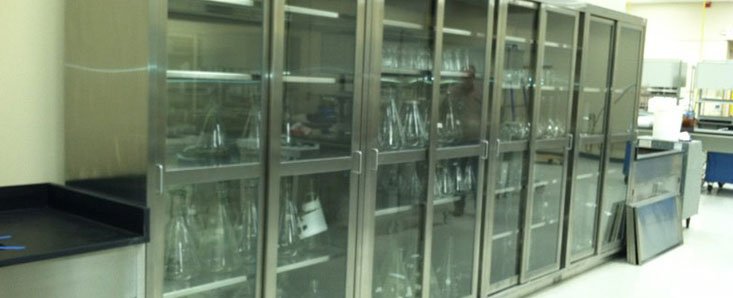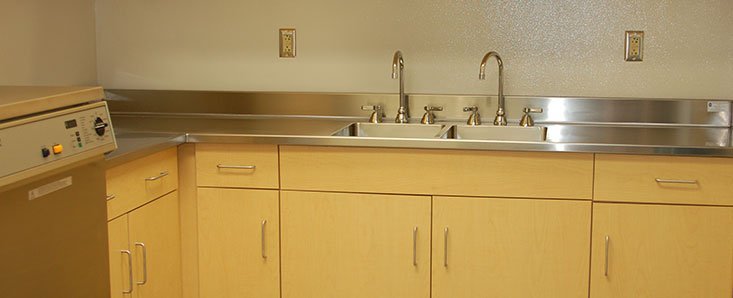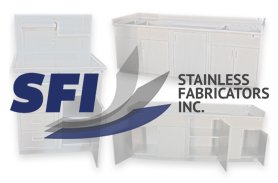What are the different grades of stainless steel?
11.21.2022

Stainless steel is used in a variety of diverse applications. Prized because of its strength and non-corrosive properties, stainless steel can be found
within environments such as the automotive and commercial food industries. In order to determine the type of stainless steel that is appropriate for
a particular use, a designer first looks at its grade.
Ferritic Stainless Steel
Ferritic alloys have a low carbon content and contain over 10.5 percent chromium in their makeup. This grade is a plain chromium and cannot be hardened
effectively. It also can display magnetic properties and does not lend itself well to fabrication though it is marginally resistant to corrosion.
Austenitic Stainless Steel
The austenitic grade of stainless steel contains the 100 to 300 series. It is designed of 16 percent chromium and 6 percent nickel. Elements such as titanium,
copper, and molybdenum can be added to increase certain proprieties. These elements seamlessly combine to make this grade of stainless steel highly
resistant to both temperature and corrosion. It can also be fabricated using a diverse palette of techniques including welding, spinning, bending,
punching, and more. The 300 series is designed of chrome and nickel and is the largest type produced in the world. In addition to a variety of construction
applications, the 300 series is used for making appliances, kitchenware, cutlery and more.
Precipitation Hardening Stainless Steel
This type of stainless steel is an alloy of nickel and chromium. These alloys can be treated with a variety of solutions, making them very machinable.
In addition, precipitation hardening stainless steel can possess a high level of tensile strength.
Duplex Stainless Steel
Comprised of a high level of chromium (between 18 and 28 percent) and moderate amounts of nickel (1 to 8 percent), duplex stainless steel is a combination
of both ferritic and austenitic alloy structures. In addition to exhibiting great strength, this type of stainless steel also resists cracking, stress
corrosion and attacks by ions. It is often used in industrial settings such as petrochemical, pulp and paper, desalination and marine.
Martensitic Stainless Steel
Martensitic stainless steel has a high carbon content of between 0.1 and 2 percent as well as chromium content of 11.5 and 18 percent. Displaying a significant
resistance to abrasion and an ability to be hardened by heat, martensitic stainless steel does not resist corrosion as well as some other grades.













